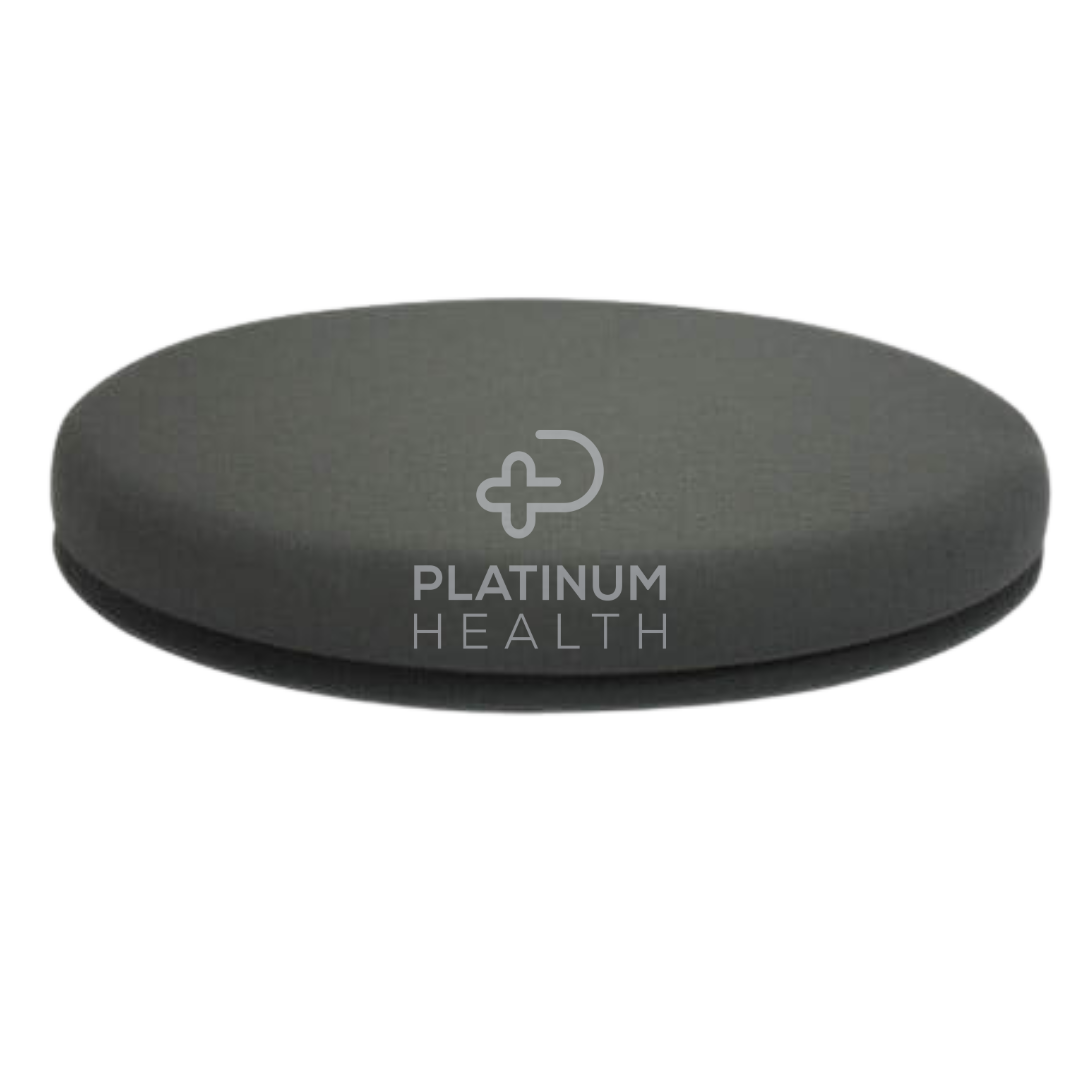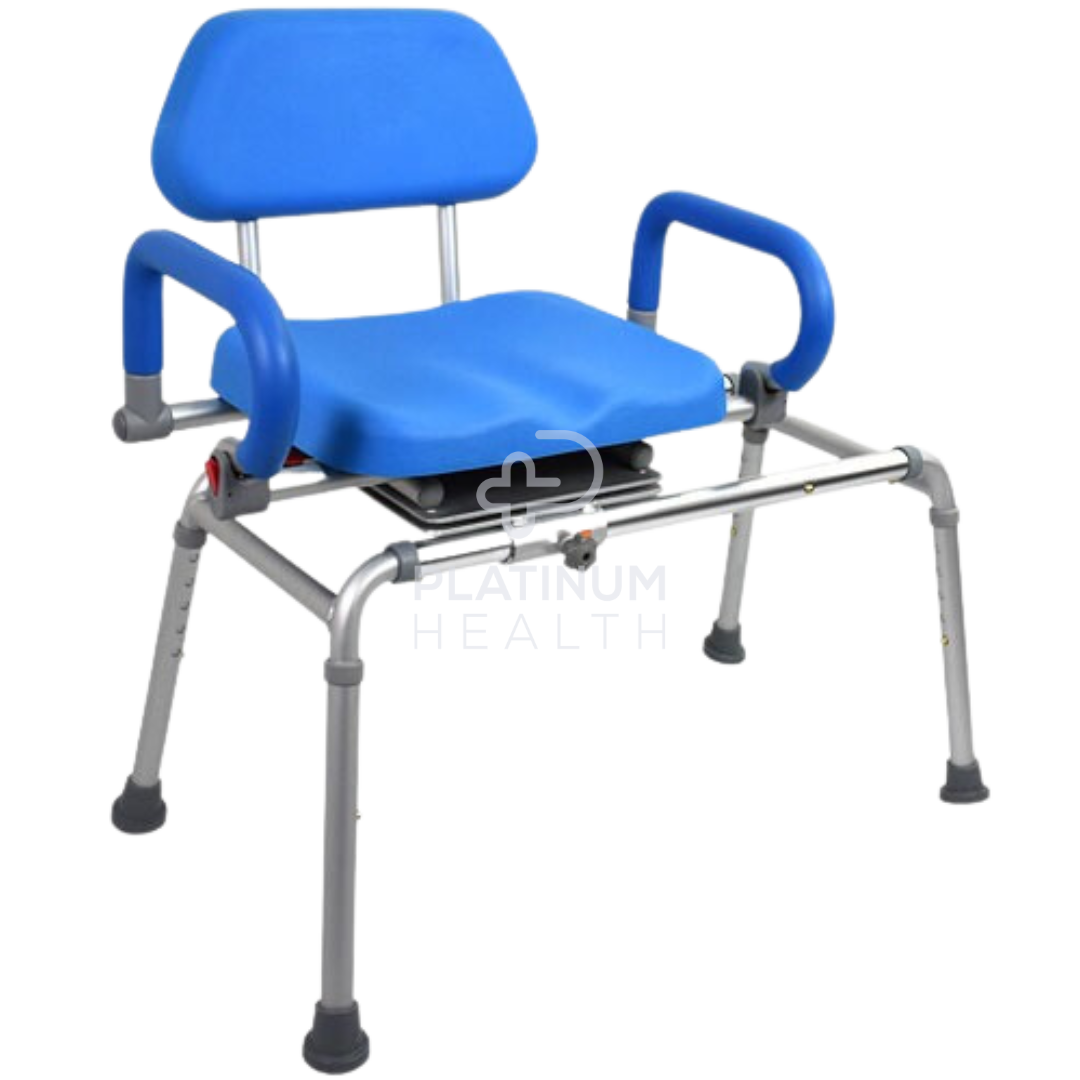The Safest Ways to Transfer Someone from Bed to Wheelchair

Helping someone move from bed to wheelchair might look simple at first, but without the right technique, it can lead to injuries for both the person being moved and the person doing the lifting. Whether you're a family carer or a support worker, learning safe, effective transfer methods is one of the most important parts of providing day-to-day care.
With a bit of know-how and the right tools, you can make transfers smoother, safer, and more comfortable for everyone involved.
What Safety Checks Should You Do Before Transferring Someone?
Before you even think about lifting or guiding someone out of bed, take a moment to pause and check the surroundings. A few quick safety steps can prevent injuries, reduce strain, and help both you and the person you're assisting feel more confident.
According to MedlinePlus, preparation is just as important as the transfer itself.
Is the space clear and safe?
Check that the floor is dry, free from clutter, and has no trip hazards (like cords, rugs, or scattered equipment). Make sure there’s enough room to move safely between the bed and the wheelchair without awkward twisting or tight turns.
Is the wheelchair locked and positioned correctly?
The wheelchair should be as close to the bed as possible, angled slightly toward the person and positioned on their stronger side (if applicable). Saint Luke’s Health System recommends locking the brakes and moving footrests out of the way before starting the transfer.
Is the person fully alert and ready?
Make sure the person you're helping is awake, oriented, and physically able to assist with the move, even if it’s just by leaning forward or shifting their weight. Ask how they're feeling and make sure they're not dizzy, weak, or in pain before beginning.
Are you wearing safe, non-slip shoes?
It’s easy to focus so much on the person you're helping that you forget about yourself. Wear flat, closed-toe shoes with good grip, and avoid socks or slippers during transfers to prevent slips.
Do you have equipment ready, if needed?
If you’re using a transfer belt, slide board, or swivel cushion, have them close by and positioned before starting. Scrambling for tools mid-transfer increases the risk of falls or strain.
Once everything checks out, you’re ready to begin the transfer with confidence and control.
How Do You Transfer Someone from Bed to Wheelchair Step by Step?
Transferring someone safely from bed to wheelchair involves more than just strength—it’s about technique, body mechanics, and teamwork. Whether you're a family carer or a support worker, following a step-by-step process helps prevent injury and ensures dignity for the person you're assisting.
According to NCBI, proper transfer techniques can significantly reduce the risk of falls and musculoskeletal injuries for both patient and caregiver. Here’s how to do it safely:

Step 1: Prepare the Bed and Wheelchair
- Lower the bed so the person's feet can rest flat on the floor.
- Adjust the backrest if needed to help them sit up comfortably.
- Place the wheelchair as close as possible—on their stronger side if applicable.
- Lock the wheelchair brakes and swing footrests out of the way.
Step 2: Help the Person Sit Up
- Gently roll the person onto their side facing you.
- Support their shoulders and hips as you guide them into a seated position on the edge of the bed.
- Let them sit for a moment to avoid dizziness before standing.
If they’re light-headed, pause. According to AliMed, allowing extra time in a seated position can help stabilise blood pressure and prevent fainting.
Step 3: Position Their Feet and Hips
- Make sure their feet are flat on the floor, about shoulder-width apart.
- Knees should be slightly bent, with their bottom scooted forward to the edge of the bed.
This gives them better leverage and balance when standing up.
Step 4: Use a Transfer Belt (If Available)
- Secure a transfer belt snugly around their waist.
- Stand in front of them, knees bent, feet apart for stability.
- Hold the belt from underneath (not the sides), keeping your back straight.
If no belt is available, you can place your hands at their waist or under their arms—but avoid pulling on their arms directly, as this can cause injury.
Step 5: Assist with Standing
- Ask the person to lean forward (“nose over toes”) and push through their legs or arms if able.
- On the count of three, help them stand by shifting your weight and guiding them upward—not lifting.
Let them stand and regain balance before pivoting.
Step 6: Pivot and Sit in the Wheelchair
- Once standing, pivot together toward the wheelchair in one smooth motion.
- Guide them gently back into the seat, supporting them as they lower themselves.
- Ensure their hips are fully back in the chair, then reposition the footrests and check posture.
What Equipment Can Make Bed-to-Wheelchair Transfers Easier?
Even with the best technique, some transfers can feel awkward, exhausting, or unsafe, especially if the person you're assisting has limited strength or balance. The right tools can make all the difference, easing the physical strain and helping the person being transferred feel more secure and confident.
Here are some highly effective aids that can make bed-to-wheelchair transfers safer and smoother:
1. Patient Transfer Turntable

If pivoting is difficult or unsafe—especially for people with weak knees, arthritis, or poor coordination—a transfer turntable takes the twist out of transfers. This flat, rotating disc sits under the user’s feet and allows you to gently swivel them from bed to wheelchair (or chair to toilet) without strain.
Why you’ll love it:
- Reduces joint strain during standing transfers
- Lightweight and portable for everyday use
- Simple, low-profile design that fits easily under the feet
Best for: Individuals who can bear weight but can’t safely pivot or turn without help.
2. Swivel Cushion

ILS ADL Transfer Swivel Cushion
Need to help someone turn in or out of bed, or swing their legs into a car? This soft swivel cushion glides smoothly, helping the user rotate without friction or pulling. It’s particularly useful for transfers where sliding or repositioning from a seated position is tricky.
Why you’ll love it:
- Soft-padded for pressure relief and comfort
- Allows easy pivoting while seated
- Ideal for car seats, chairs, and low beds
Best for: People who can sit upright but struggle with turning or swinging their legs.
3. Padded Transfer Walk Belt

A good transfer belt gives carers better grip and control during assisted movements. This padded option from Royale offers soft, secure support around the user’s waist, making it easier and safer to guide someone from sitting to standing—or pivot them from bed to chair.
Why you’ll love it:
- Reduces the risk of carer injury from awkward lifting
- Offers stability without pulling on the user’s arms or clothing
- Cushioned design for all-day comfort
Best for: Carers helping someone stand, pivot, or take assisted steps during a transfer.
4. Sliding Swivel Transfer Bench

Royale Medical Swivel Transfer Bench
While designed for bathrooms, this bench can double as a transfer tool around the home. Its rotating seat and sliding track make it easier to move someone across surfaces—like from a bed to a wheelchair—without needing to lift their full weight. It’s ideal when more positioning control is needed.
Why you’ll love it:
- Sliding and swivel motion reduces lifting
- Aluminium frame is strong yet lightweight
- Padded seat for extra comfort and stability
Best for: Transfers where limited space or higher surfaces make manual movement difficult.
5. Aspire Free Standing Self Help Pole

Aspire Free Standing Self Help Pole
This clever pole gives users something solid to hold onto when shifting from lying to sitting, or from bed to chair. It encourages independent movement for those with upper body strength and reduces reliance on carers for every transfer.
Why you’ll love it:
- No need to attach to a bed or ceiling
- Wide, stable base and easy-reach handle
- Boosts independence and confidence
Best for: People who want to help themselves move in and out of bed without assistance.
You're Not Meant to Do This Alone
Transferring someone from bed to wheelchair is one of the most physically and emotionally demanding parts of caregiving, but it doesn’t have to be risky or overwhelming. With the right techniques, tools, and support, you can make everyday transfers safer, more comfortable, and less stressful for everyone involved.
If you’re unsure what equipment would suit your needs or just want to try a few options in person, we’re here to help.
Visit our Epping showroom
Get one-on-one guidance from a team who understands real-life care.
Unit 2/51 Trafalgar Road, Epping VIC
Open weekdays, 9am–5pm
Come in, test the products, and feel confident knowing you're making the right choice for your loved one, and for yourself.
Or browse our full collection of bed poles, transfer aids, and support equipment online to find practical tools that make care easier: Explore Transfer Aids at Platinum Health Supply.
